History is full of enigmas that spark curiosity and ignite the imagination. From ancient civilizations to unexplained phenomena, some events and artifacts remain shrouded in mystery, inviting endless speculation and investigation. This article explores some of the Most Mysterious Things in History diving into their significance and the theories surrounding them.
1. The Pyramids of Giza
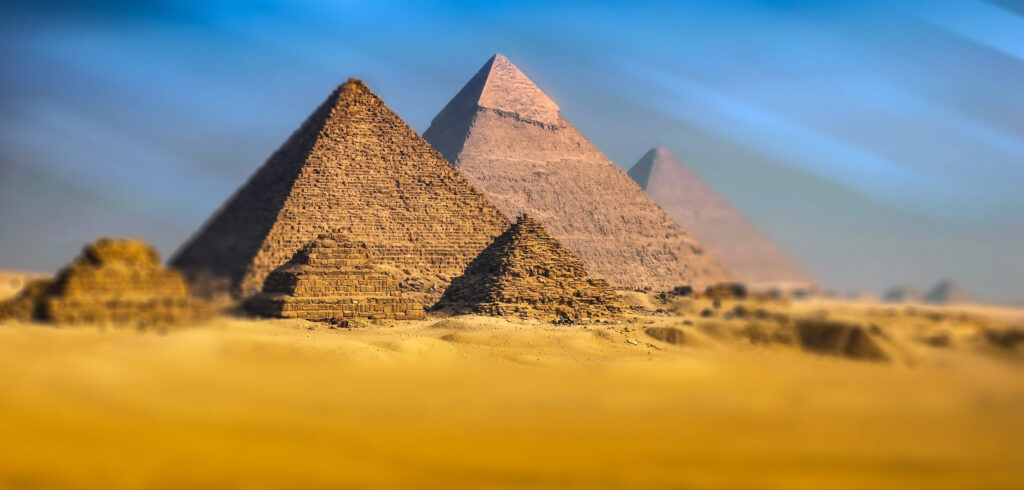
The Great Pyramids of Giza stand as monumental testaments to ancient Egyptian engineering prowess. Built around 4,500 years ago, these massive structures served as tombs for Pharaohs and are aligned with incredible precision. The questions surrounding their construction are numerous: How did the Egyptians transport the enormous stones, some weighing several tons, across vast distances? While theories abound—from the use of ramps to leveraging manpower—no definitive answer has emerged, adding to the allure of these ancient wonders.
2. Stonehenge
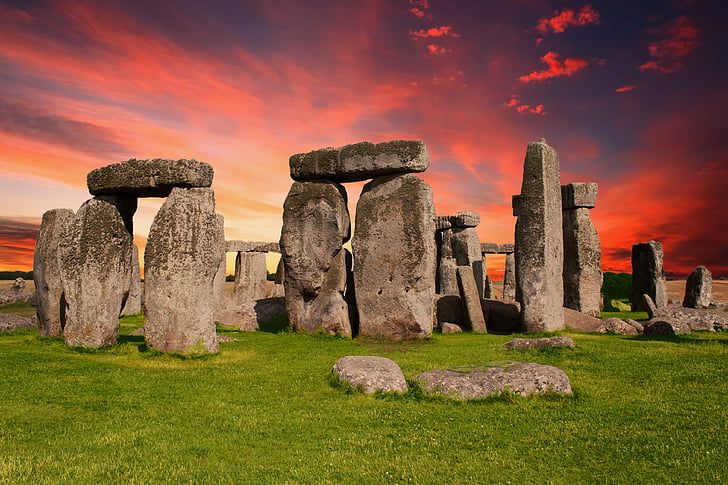
Located in Wiltshire, England, Stonehenge is a prehistoric monument that has fascinated visitors and scholars alike for centuries. Composed of massive standing stones arranged in a circular formation, its purpose remains unclear. Some believe it served as a ceremonial site or an astronomical observatory, while others propose it was a burial ground. The transportation of the stones, some sourced from as far as 200 miles away, poses another question. Despite various studies, Stonehenge continues to captivate, shrouded in mystery.
3. The Lost City of Atlantis
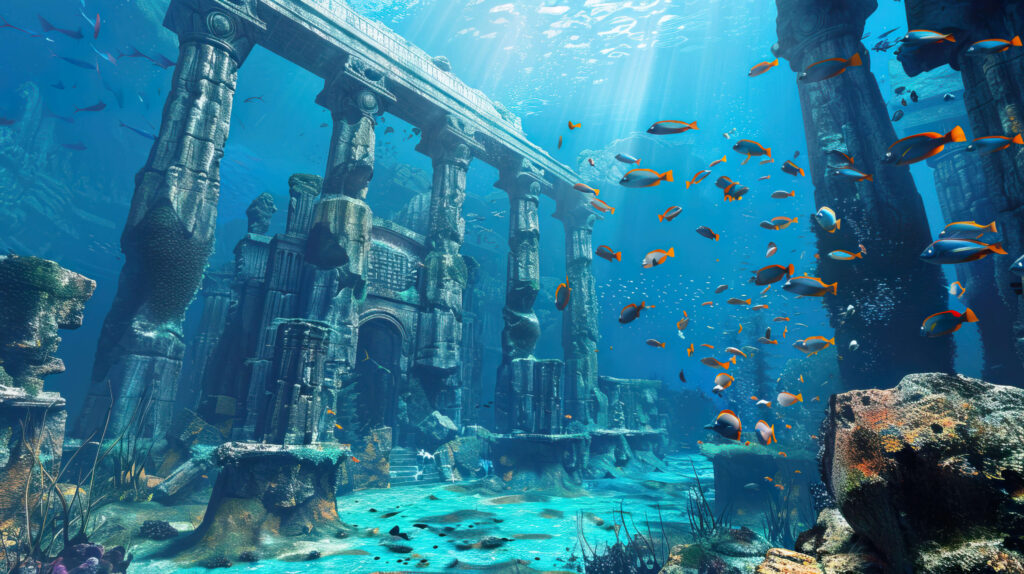
Atlantis, first described by the philosopher Plato, has intrigued people for centuries. According to his writings, it was a highly advanced civilization that mysteriously vanished beneath the ocean. Various theories suggest locations for this fabled city, from the Mediterranean to the Caribbean, yet no conclusive evidence has been found. The allure of Atlantis lies not just in its story, but in what it represents: the idea of a lost civilization and the search for knowledge beyond our current understanding.
4. The Nazca Lines
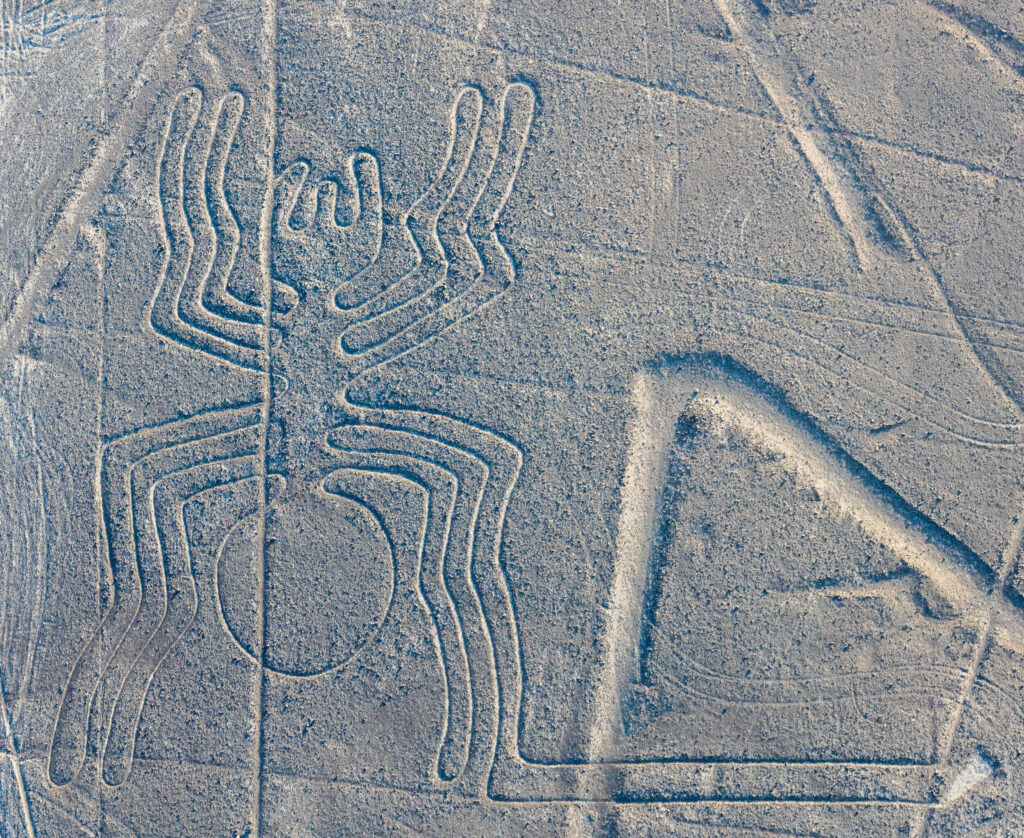
In southern Peru, the Nazca Lines are a series of massive geoglyphs etched into the desert floor, depicting animals, plants, and geometric shapes. Created by the Nazca civilization between 500 BCE and 500 CE, their purpose remains a topic of debate. Some suggest they were used for astronomical purposes or religious rituals, while others believe they were pathways for ceremonial processions. The ability to create such large designs without aerial views adds to their mystique, leaving scholars pondering the intentions behind these monumental artworks.
5. The Voynich Manuscript

The Voynich Manuscript is a 15th-century book filled with strange illustrations and written in an unknown script. Despite extensive research, its contents remain undeciphered, leading to theories ranging from it being a sophisticated hoax to a lost language. Cryptographers and linguists have been baffled for decades, with no consensus on its meaning or origin. The manuscript, housed at Yale University, remains an intriguing puzzle, inviting amateur codebreakers and scholars alike to try their hand at unraveling its secrets.
6. The Disappearance of the Sodder Children

On Christmas Eve in 1945, a fire destroyed the Sodder family home in Fayetteville, West Virginia. Although five of the ten children were presumed dead, no remains were ever found, leading to speculation about their fate. The family received mysterious phone calls and reported sightings of the children across the country. The case remains unsolved, prompting theories ranging from kidnapping to a cover-up. The mystery of the Sodder children continues to haunt the family’s legacy and the community.
7. The Lost Colony of Roanoke
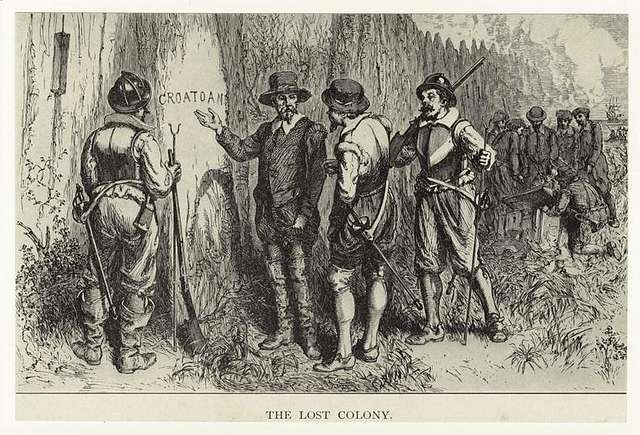
The Roanoke Colony, established in 1585 in present-day North Carolina, has become one of the earliest mysteries of American history. When a supply ship returned in 1590, the colony had vanished, leaving behind the word “CROATOAN” carved into a tree. Theories regarding the fate of the colonists range from integration with local Native American tribes to being lost at sea. Despite numerous archaeological efforts, no definitive evidence has surfaced, leaving the disappearance of the Roanoke settlers an enduring enigma.
8. The Bermuda Triangle
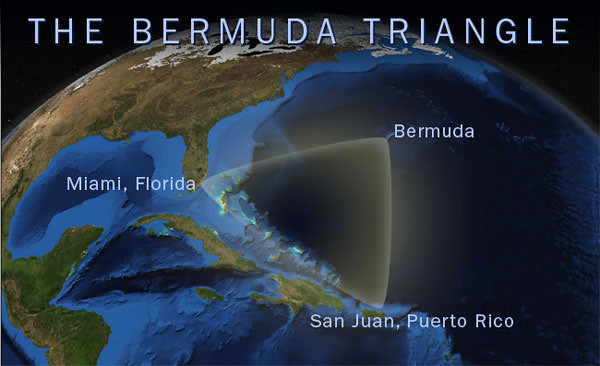
The Bermuda Triangle, a region in the North Atlantic Ocean, has gained notoriety for the mysterious disappearances of ships and aircraft. Tales of strange phenomena, magnetic anomalies, and even paranormal activity have contributed to its allure. While many incidents can be attributed to natural causes, such as rough weather and human error, some remain unexplained. The combination of myth and documented disappearances makes the Bermuda Triangle a focal point for conspiracy theories and speculation.
9. The Antikythera Mechanism
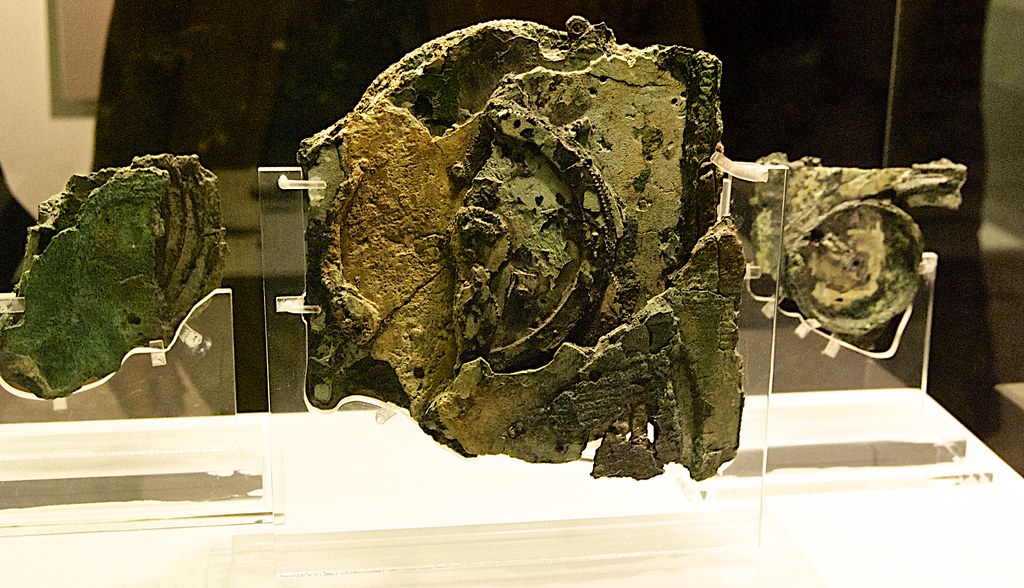
Discovered in a shipwreck off the coast of Greece, the Antikythera Mechanism is an ancient analog computer dating back to around 150-100 BCE. It consists of a complex system of gears used to predict astronomical positions and eclipses. What makes it particularly mysterious is its advanced design, appearing centuries ahead of its time. Researchers are still uncovering its full capabilities, raising questions about the technological prowess of ancient civilizations and their understanding of astronomy.
10. The Identity of Jack the Ripper
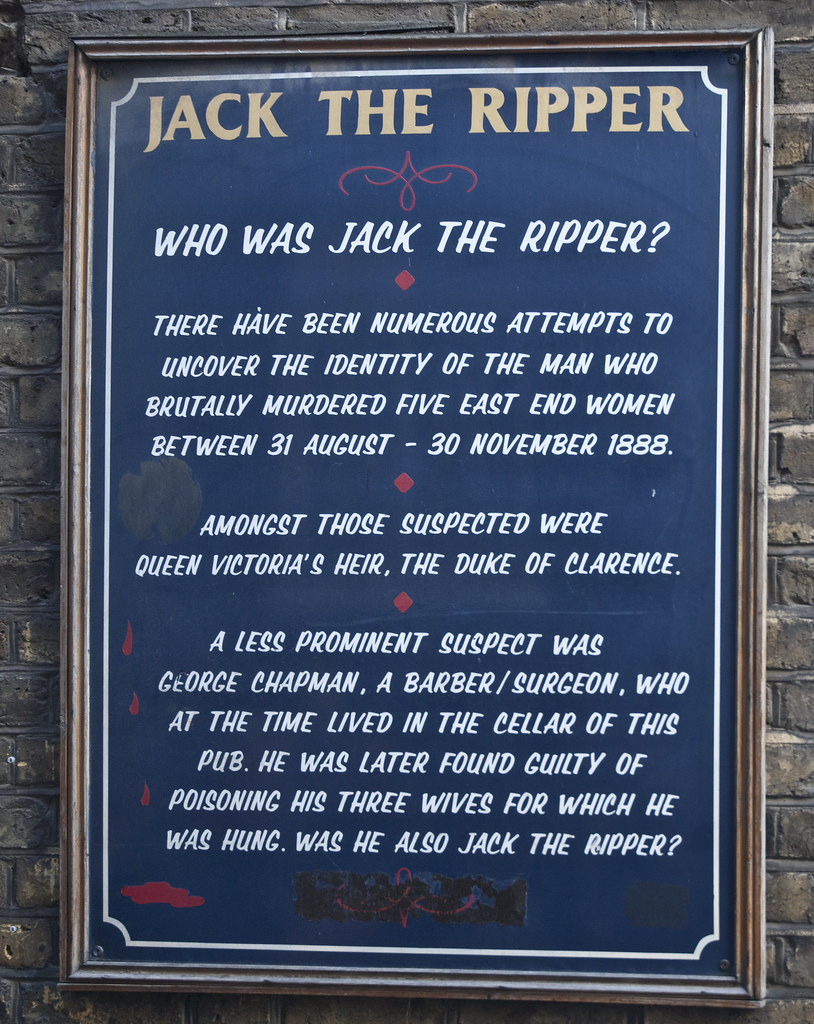
One of the most infamous unsolved mysteries is that of Jack the Ripper, the unidentified serial killer who terrorized London in 1888. The gruesome murders of several women in the Whitechapel district sparked media frenzy and widespread panic. Despite numerous investigations and countless theories about the killer’s identity—ranging from local tradesmen to members of the royal family—Jack the Ripper has never been definitively identified. This case continues to intrigue criminologists and amateur sleuths, inspiring a wealth of literature, film, and theories.
Conclusion:
The world is rich with Most Mysterious Things in History that continue to captivate our imaginations. From ancient wonders to unsolved enigmas, these mysteries invite exploration and speculation, reminding us of the complexity and depth of human history. As we seek answers to these age-old questions, we engage with the past in a way that keeps it alive and relevant. Whether through archaeology, investigation, or sheer curiosity, the quest to unravel these mysteries enriches our understanding of the world and our place in it.

























